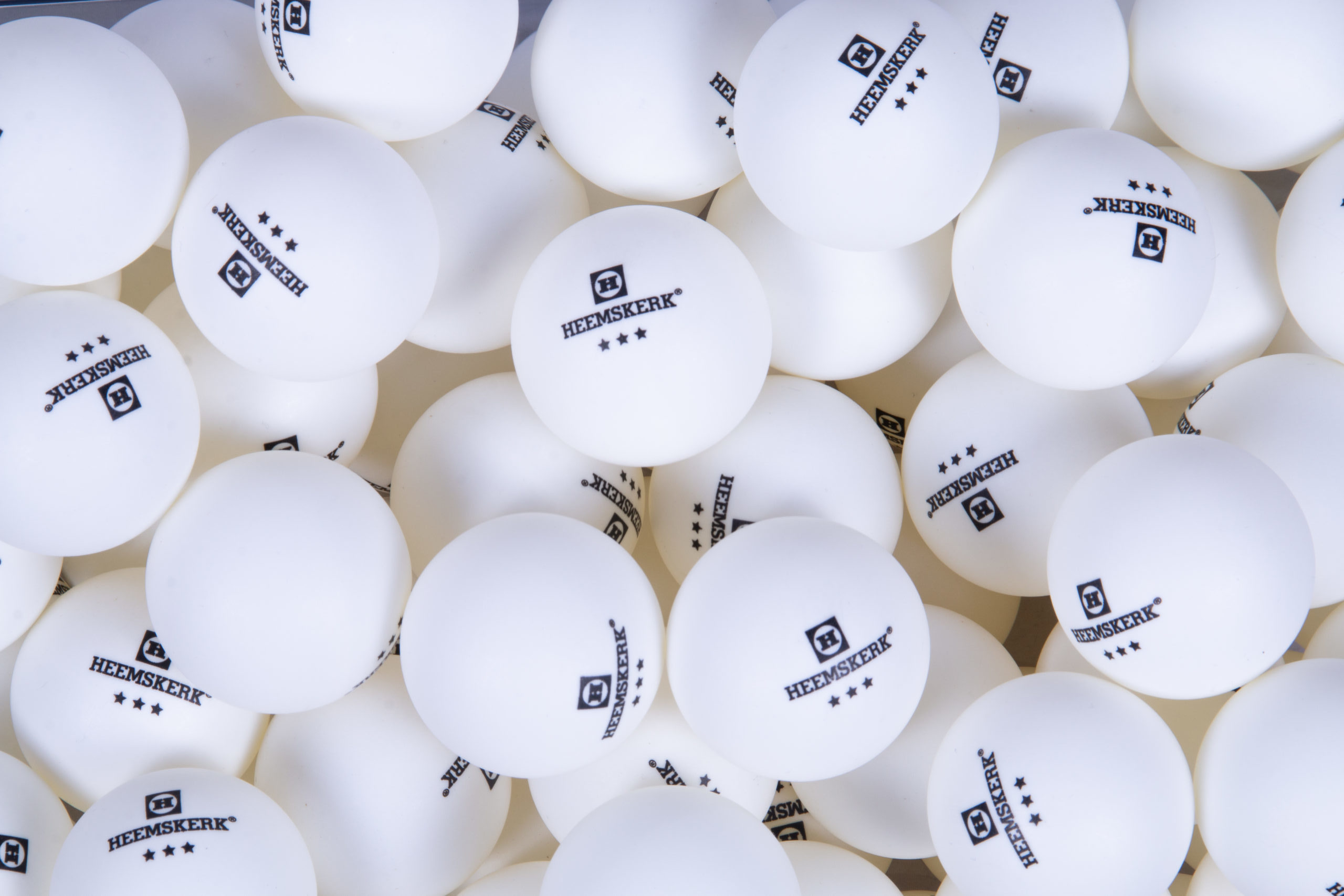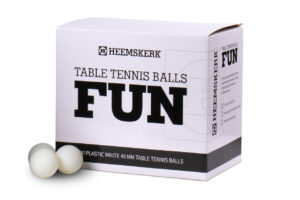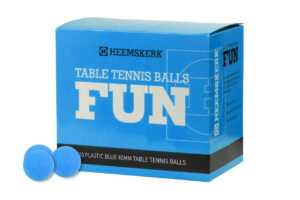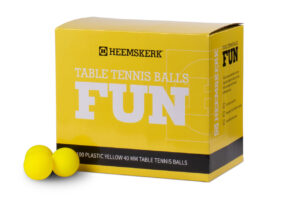The composition of ping pong balls has undergone several changes over the years. The original material was cork, but celluloid later became the standard material for ping pong balls. In the early 20th century, the balls were 38 mm in diameter and were widely used in table tennis. However, it was not long before further changes took place in the production of ping pong balls.
From 38mm to 40mm
In the year 2000, an important change took place in the world of table tennis: the switch from 38 mm balls to 40 mm balls. This change was intended to make the game more appealing to spectators. Larger balls move slower and are less prone to spin, resulting in longer rallies. This was seen as a positive change for the sport.
From celluloid to plastic
However, the biggest change in the material composition of ping pong balls occurred when celluloid was replaced by plastic. This was mainly driven by safety regulations, as celluloid is a highly flammable material. Plastic, and more specifically Acrylonitrile Butadiene Styrene (ABS) plastic, was chosen as the new material for ping pong balls.
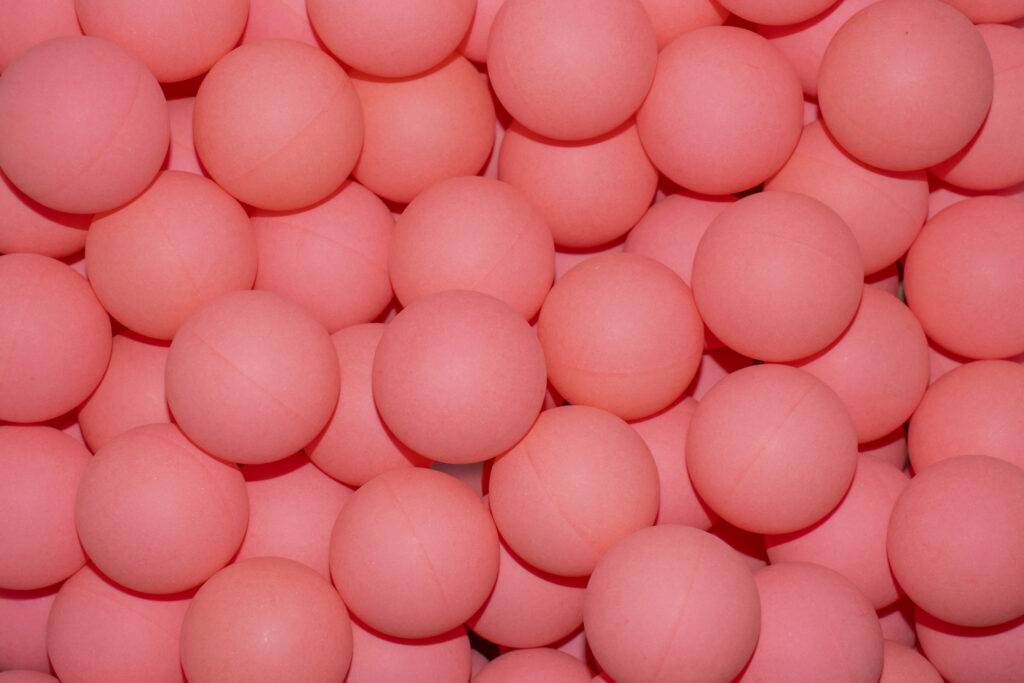
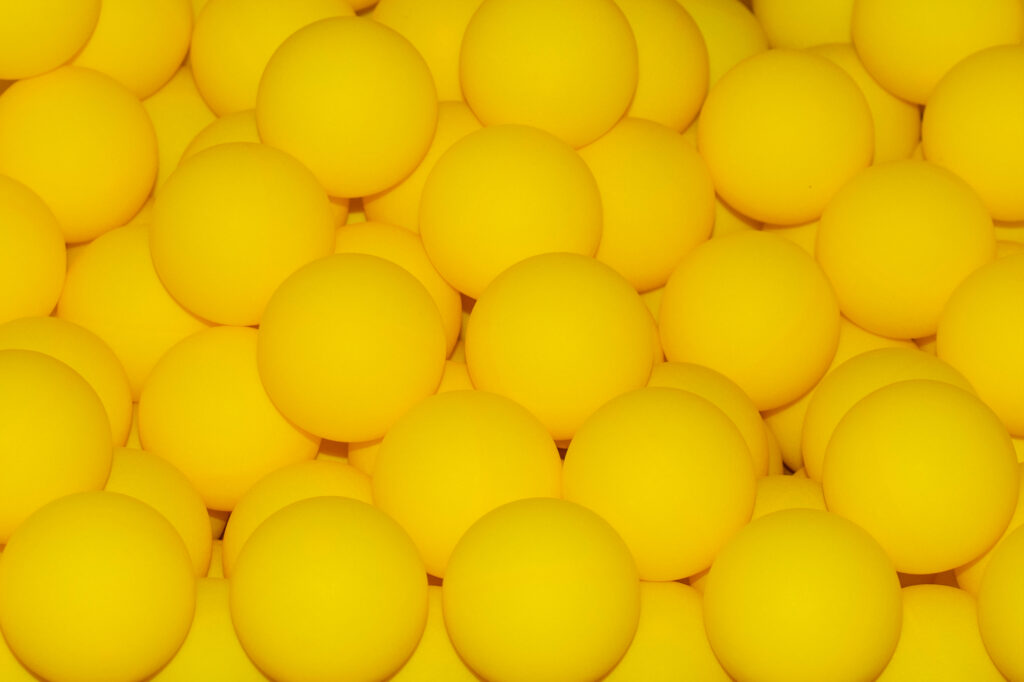
Environment
The switch to plastic balls was also driven by environmental and cost considerations, as plastic is cheaper and more versatile than celluloid. The use of celluloid declined and there were only a few factories in China that produced celluloid for the production of ping pong balls. The International Table Tennis Federation (ITTF) started investing in plastic balls to avoid potential supply problems.
ITTFMore
In 2013, the ITTF announced that plastic balls would become the new standard from July 2014. However, there was a transitional period where celluloid balls were still allowed. Plastic balls, also called poly balls or 40+ balls, are usually made of ABS plastic. This material is known for its strength and safety and is also used in other applications such as pipes, Lego and 3D printer filament.
Introduction
However, with the introduction of the plastic balls, there were some challenges. Quality control was a serious issue, as the balls were not perfectly round and could easily break. This caused frustration for many players. In addition, there was also a limited availability of the new balls, which meant that players and clubs wanted to stock up quickly.
Influence on the game
The switch to plastic balls also affected the game itself. After the introduction of plastic balls, players had to adapt their strokes to the reduced spin and speed of the balls. This mainly affected advanced players, while beginners may have noticed less of a difference. Some players benefited from the change, such as those who prefer quick hits immediately after the bounce.
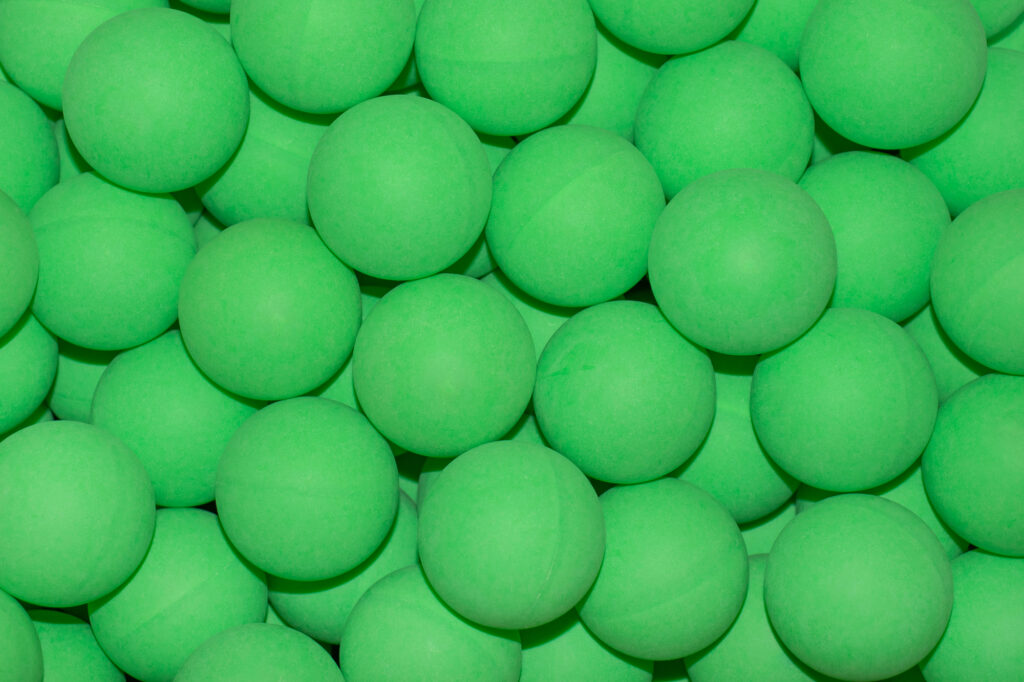
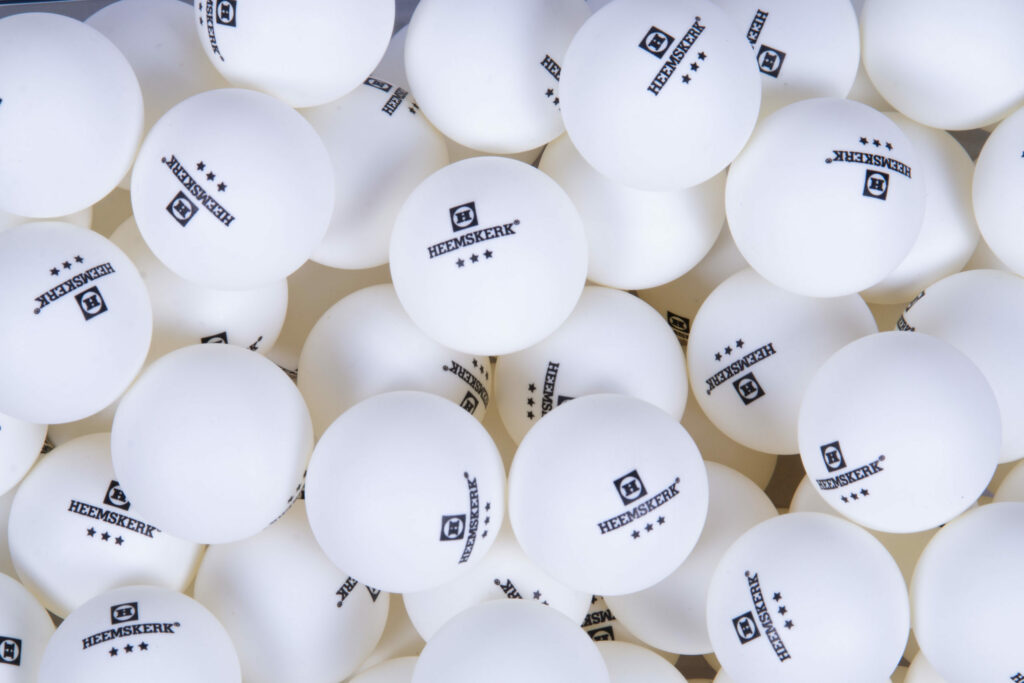
Switch
However, not all players were happy with the switch to plastic balls. Choppers, for example, were penalized because the new balls retained less spin when cutting the ball. In addition, the increased bounce of the balls made it easier for opponents to attack with loops or smashes.
Good quality
Over time, the manufacturers have managed to improve the quality of the plastic balls. There are many good options available today. For workouts, there are also many affordable options available.
The transition to plastic balls has changed the table tennis community, but the old balls have now almost completely been replaced. Players have adapted to the new balls and the discussion about the old balls has all but disappeared. The plastic balls will stay, because they are more environmentally friendly in production and transport.

